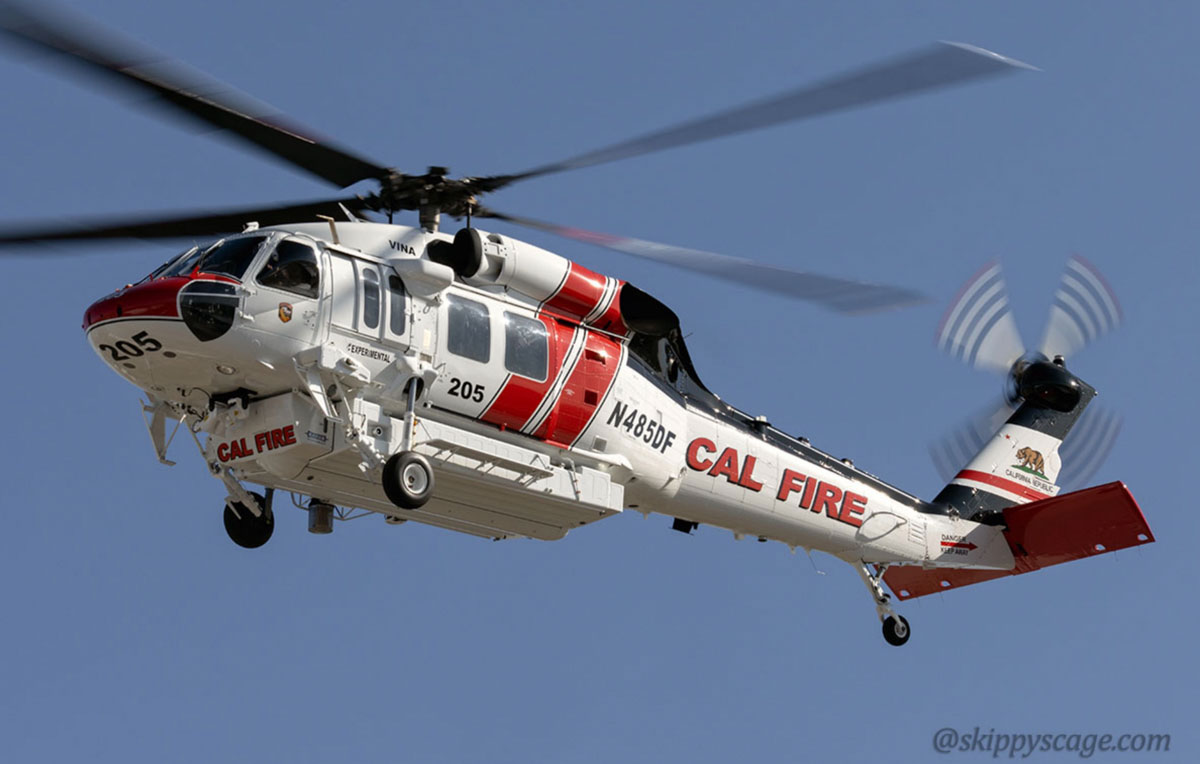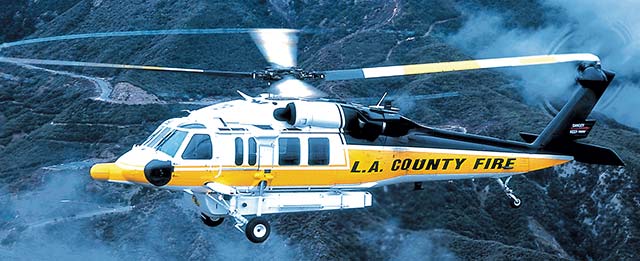Sikorsky S 70: Enhancing Helicopter Performance and Convenience
Sikorsky S 70: Enhancing Helicopter Performance and Convenience
Blog Article
Modernized Vertical Lift Platform With Advanced Composite Structures and Improved Safety And Security Procedures
In the realm of vertical lift systems, a substantial shift in the direction of modernization has been observed, driven by the assimilation of sophisticated composite frameworks and increased safety actions. In discovering the convergence of technology and safety and security in modern lift systems, an engaging narrative emerges, showcasing the possibility for transformative improvements that provide to the ever-evolving demands of commercial sectors.
Development of Vertical Lift Systems

The development of upright lift systems can be mapped back to standard sheave systems and early elevator styles. With time, advancements such as hydraulic systems, electric motors, and advanced control mechanisms have greatly enhanced the efficiency and security of these systems. Suppliers have actually additionally concentrated on boosting the stability, reach, and load-bearing capacities of vertical lift platforms to meet the varied needs of various markets.
In addition, the assimilation of clever technologies like sensors, IoT connectivity, and automation features has further transformed the capacities of modern-day upright lift systems. These technological enhancements not just boost functional productivity but also ensure heightened safety and security criteria for workers using these platforms at various elevations. The constant development of upright lift systems underscores their vital function in improving vertical movement across sectors.
Combination of Advanced Composite Frameworks

Furthermore, the usage of innovative composite materials permits for even more complicated and optimized architectural styles, making it possible for designers to tailor the platform's residential properties to satisfy specific performance demands. In general, the incorporation of innovative composite frameworks in contemporary vertical lift systems represents a significant innovation in aerospace innovation, leading to much more reliable, trusted, and much safer aerial transport systems.
Boosted Precaution Implementation
Applying improved safety and security steps is crucial in guaranteeing the optimum performance and integrity of modern vertical lift systems. These measures include a range of methods intended at mitigating threats and improving overall safety and security criteria. One vital element of enhanced security actions is published here the integration of sophisticated sensor technologies to keep an eye on various parameters in real-time. By using sensing units for features such as structural health and wellness surveillance, load tracking, and environmental noticing, potential threats can be recognized early, allowing for aggressive upkeep and corrective actions.

Sector Applications and Benefits
With advancements in innovation and engineering, updated vertical lift systems have discovered varied applications across numerous industries, supplying significant advantages in efficiency and efficiency. In the production industry, these systems streamline the procedure of transporting heavy products and equipment within centers, lowering manual handling and improving functional efficiency. The building sector benefits from upright lift systems by enabling workers to gain access to raised areas safely and successfully, boosting overall job timelines. Warehousing and logistics business make use of these systems to optimize storage space use and promote quicker picking and packing processes.
Additionally, upright lift systems play a crucial role in the maintenance and repair of infrastructure such as bridges, high-voltage line, and buildings, allowing technicians to get to hard to reach locations effortlessly (sikorsky s 70). The air travel market likewise leverages these platforms for airplane upkeep and assembly tasks, enhancing workflow performance and making certain employee safety at elevations. On the whole, the prevalent fostering of modernized vertical lift systems across industries underscores their great post to read convenience and the substantial enhancements they bring to numerous procedures
Future Trends in Lift System Technology
Incorporating advanced automation and smart attributes, lift platform technology is positioned to transform upright transportation systems in the near future. One vital pattern is the integration of Net of Things (IoT) technology, allowing lift platforms to interact real-time data for anticipating upkeep, maximizing efficiency, and enhancing security. Synthetic knowledge and artificial intelligence formulas are likewise being integrated to assess patterns, forecast prospective concerns, and improve effectiveness. Moreover, making use of advanced products such as carbon fiber compounds is on the increase, supplying enhanced toughness and strength while decreasing total weight. Enhanced security procedures, consisting of biometric authentication and emergency feedback systems, are becoming conventional attributes to make certain passenger a knockout post protection. Additionally, modular layouts and customizable setups are obtaining popularity, permitting higher flexibility to numerous settings and needs. As lift system technology remains to develop, these patterns are set to shape the future of vertical transportation, making it much more effective, risk-free, and easy to use.
Conclusion
Finally, the up-to-date upright lift platform showcases the advancement of technology in the industry. By incorporating innovative composite frameworks and improved safety actions, this platform supplies boosted efficiency and safety and security for different applications. The sector can benefit greatly from these innovations, and future trends in lift system technology are likely to proceed improving upon these technologies for even better success and effectiveness.
In the world of upright lift platforms, a significant shift in the direction of modernization has actually been observed, driven by the integration of sophisticated composite frameworks and heightened security actions. The continuous advancement of vertical lift platforms emphasizes their essential function in boosting vertical wheelchair throughout industries.

The consolidation of sophisticated composite frameworks in modern vertical lift platforms has actually dramatically enhanced their structural stability and efficiency capacities. By incorporating these advanced composites right into the design and building of upright lift systems, manufacturers can decrease general weight, boost load-carrying ability, and boost the platform's sturdiness and durability.
Applying boosted safety and security actions is vital in making certain the optimum efficiency and integrity of modern-day upright lift systems.
Report this page